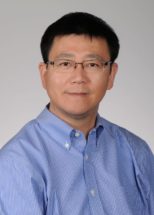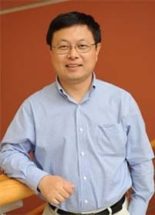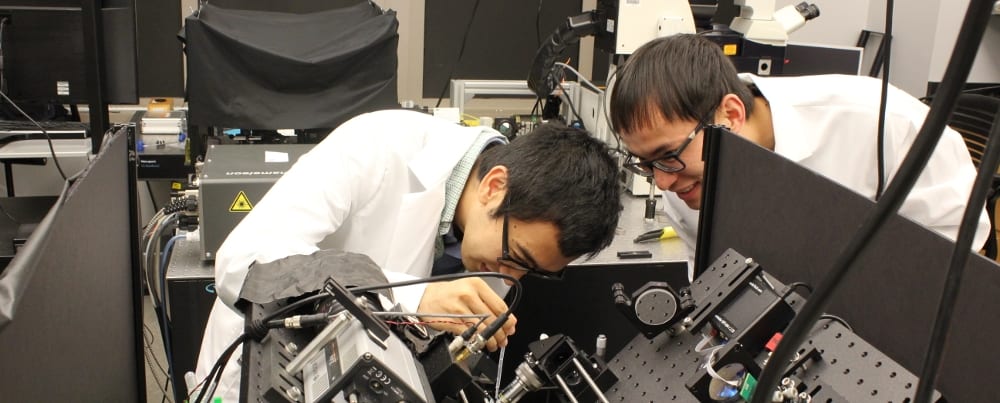Clemson University is showing its growing strength in biomedical research with the publication of a new paper that describes a way of measuring three-dimensional extracellular diffusion.
All 10 of the co-authors in the Nature Communications paper are faculty, students or graduates from the Clemson University-Medical University of South Carolina Bioengineering Program.
The overwhelming Clemson presence on the team shows that years of local and federal investment in biomedical research are paying off, said Hai Yao, who is the senior author, Ernest R. Norville Endowed Chair at Clemson and associate chair for the joint bioengineering program.

“This is homegrown science,” Yao said. “The University’s investment and the funding we have received from the National Institutes of Health have provided the support we need to build capacity to conduct high-impact biomedical research and cement our reputation as a world-class research university.”
The name of the article is, “A noninvasive fluorescence imaging-based platform measures 3D anisotropic extracellular diffusion.” Click here to read the paper.
The paper describes a research tool that took about five years to create. The team calls the tool LiFT-FRAP, which is short for light-sheet imaging-based Fourier transform fluorescence recovery after photobleaching.
The paper will be of most interest to biologists and bioengineers who are interested in noninvasively measuring the 3D anisotropic extracellular diffusion of biorelevant molecules, Yao said.

Extracellular diffusion of biomolecules is critical to the vast majority of biological processes, such as: nutrient supply and waste removal for cell survival; signaling molecule transport for tissue development and organ homeostasis; and drug delivery for disease treatment.
Martine LaBerge, chair of the Department of Bioengineering at Clemson, said the paper is an example of well-done interdisciplinary and collaborative research.
“Clemson and its partners continue to conduct impactful research in the area of health innovation,” she said. “This high-quality work is made possible by tireless hours in the lab and office, creativity, teamwork and years of investment, especially from the University and the National Institute of General Medical Sciences and the National Institute of Dental and Craniofacial Research. I would like to thank all those who have supported this initiative and the many others within the department.”
A key building block supporting the research was an $11-million National Institutes of Health grant that funded the creation of the South Carolina Center for Translational Research Improving Musculoskeletal Health, or SC-TRIMH.
Yao, who is the principal investigator on SC-TRIHM, said the center enabled the collaboration between him and co-corresponding author Tong Ye, an associate professor of bioengineering and a target junior investigator of SC-TRIMH at Clemson.
Their Ph.D. students, Peng Chen and Xun Chen, contributed equally to the research and were a driving force behind the project, Yao said. Peng Chen is studying under Yao, and Xun Chen is studying under Ye.
Co-authors of the paper are: Peng Chen; Xun Chen; R. Glenn Hepfer, a postdoctoral fellow in Yao’s lab; Brooke J. Damon, a research assistant professor in the joint bioengineering program; Changcheng Shi, a former Ph.D. student under Yao and now an associate professor at Ningbo Institute of Technology; Jenny J. Yao, a former high school research intern in the joint bioengineering program and now an undergraduate student at Harvard University; the late Matthew C. Coombs, who was a postdoctoral fellow in the joint program prior to his death; Michael J. Kern, a professor of regenerative medicine and cell biology at MUSC and bioengineering at Clemson; Ye; and Yao.
This work was supported by National Institutes of Health (NIH) grants P20GM121342, R03DE018741 and R01DE021134 to HY, and R21GM104683 and P20GM103499 to TY. This work was also supported by NIH T32 post-doctoral fellowship DE017551 to RGH, and F32 post-doctoral fellowship DE027864 to MCC.
Get in touch and we will connect you with the author or another expert.
Or email us at news@clemson.edu

